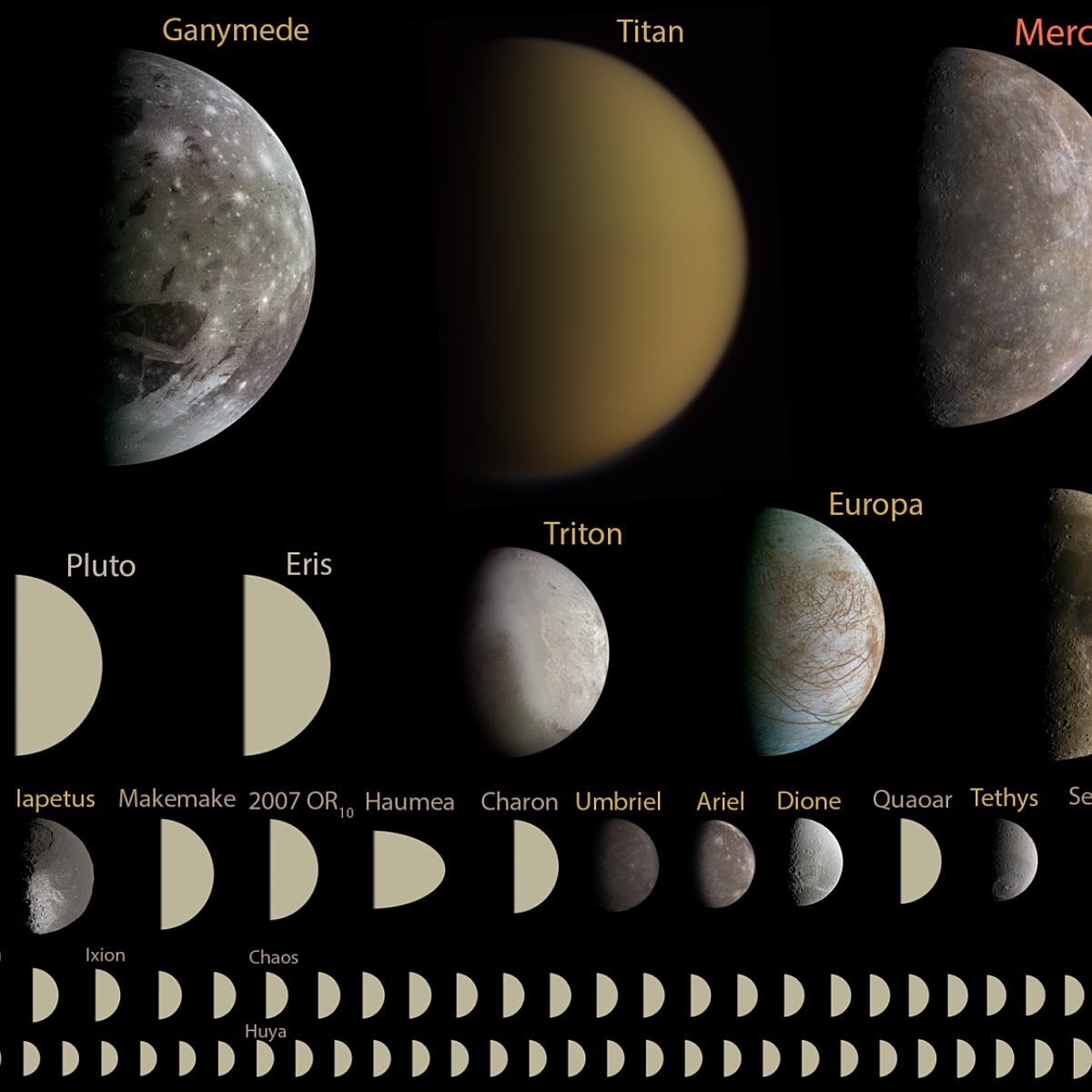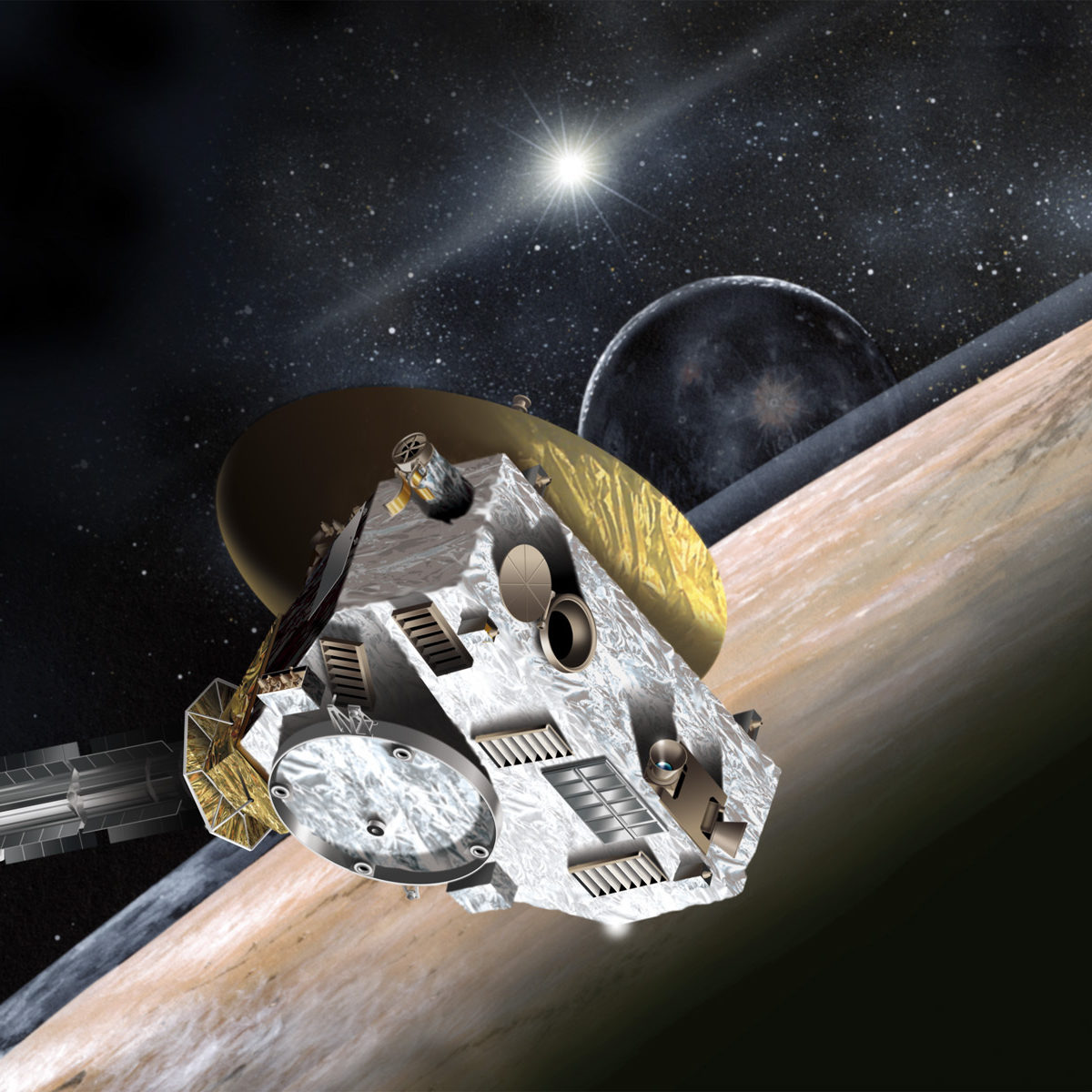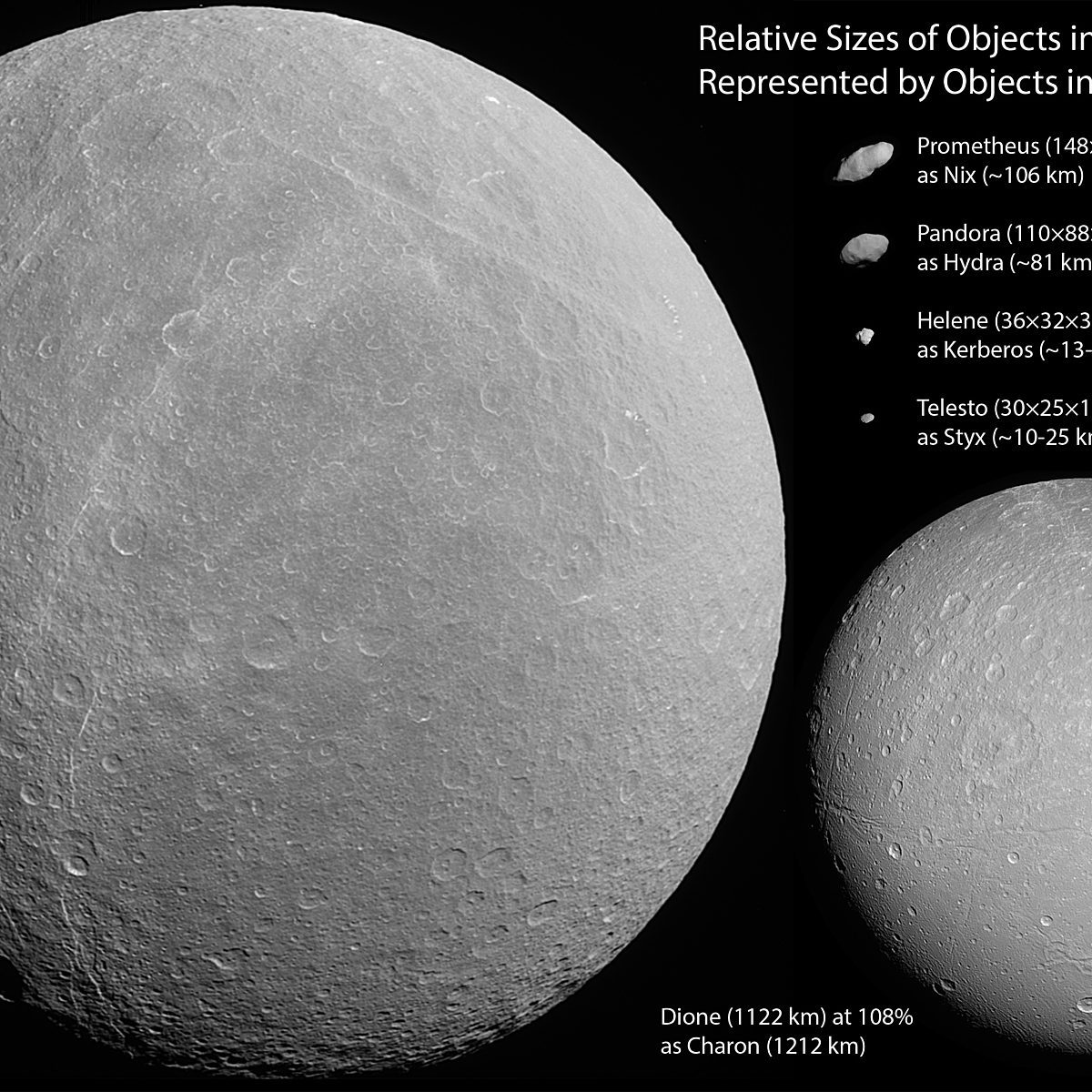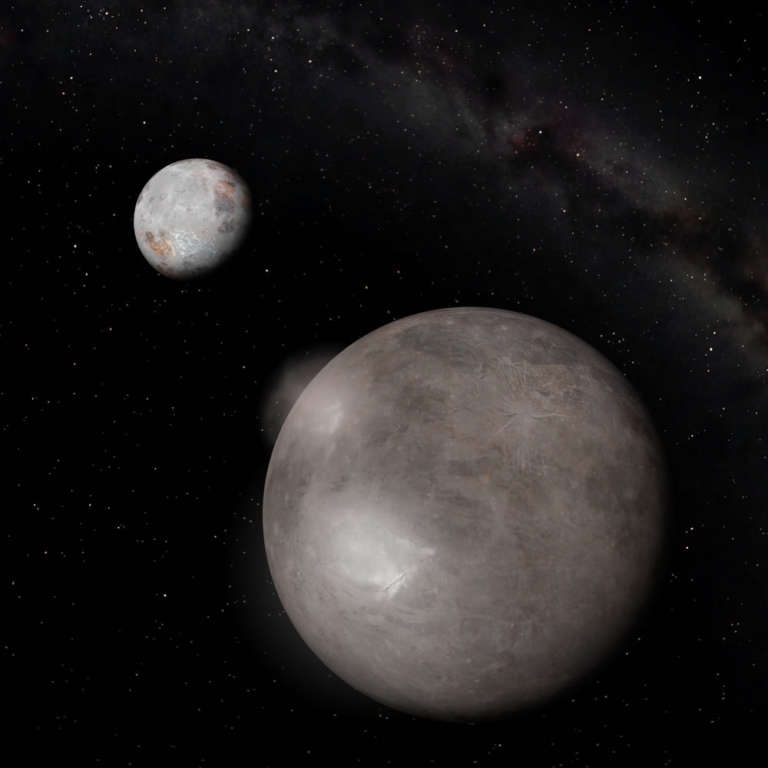All
All
Stories, updates, insights, and original analysis from The Planetary Society.
2015 will be the Year of the Dwarf Planet, and you need to tell people about it!
I am very excited about 2015, more so than I have been about any year since I started working at The Planetary Society. Dawn will enter orbit at Ceres, and New Horizons, which will fly past Pluto and Charon. But if we want this kind of exploration to continue, I'm challenging you, dear readers, to tell the world why such non-planetary worlds are compelling places to go exploring.
Predicting Pluto's moons and moondust
Why didn't we discover Pluto's moons until more than a decade after Hubble launched? Mark Showalter helps me answer this question.
New Horizons: Updates From the Science Team Meeting, Part 1
Ted Stryk reports on the status of the New Horizons mission from the mission's latest Science Team Meeting.
America's Pastime: Planetary Science
Apologies to baseball fans and others for the theme of this week's Planetary Radio preview, which has star player Emily Lakdawalla on deck.
Pluto's atmosphere does not collapse
Just four months ago I posted about a paper recently published by Leslie Young and coauthors that described three possible scenarios for Pluto's atmosphere. Yesterday, Cathy Olkin, Leslie Young, and coauthors posted a preprint on arXiv that says that only one of those scenarios can be true. And it's a surprising one. The title of their paper says it all:
Pluto on the Eve of Exploration by New Horizons: Is there an ocean, or not?
Does Pluto have an ocean under its ice? If it doesn't now, did it ever have one? How will we know?
Pluto on the Eve of Exploration by New Horizons: Small moons, dust, surfaces, interiors
My roundup from notes on the day's presentations on dust in the Pluto system and the surfaces and interiors of Pluto and Charon.
Remembering the Pluto Campaign: A Success Story
The New Horizons mission to Pluto survived many near-death encounters with cancellation during its development. The Planetary Society worked the whole time to ensure it would launch.
New names for Pluto's little moons Kerberos and Styx; and a new moon for Neptune
Pluto's moons, formerly known as
New Horizons: Encounter Planning Accelerates
Back in 2005 and 2006, when Pluto’s second and third moons (Nix and Hydra) were discovered, searches by astronomers for still more moons didn’t reveal any. So the accidental discovery of Pluto’s fourth moon by the Hubble Space Telescope in mid-2011 raised the possibility that the hazards in the Pluto system might be greater than previously anticipated.
Pluto's seasons and what New Horizons may find when it passes by
New Horizons might see a Pluto with a northern polar cap, a southern polar cap, or both caps, according to work by Leslie Young.
When will New Horizons have better views of Pluto than Hubble does?
Last week, I posted an explainer on why Hubble's images of galaxies show so much more detail than its images of Pluto. Then I set you all a homework problem: when will New Horizons be able to see Pluto better than Hubble does? Here's the answer.
Why can Hubble get detailed views of distant galaxies but not of Pluto?
How come Hubble's pictures of galaxies billions of light years away are so beautifully detailed, yet the pictures of Pluto, which is so much closer, are just little blobs? I get asked this question, or variations of it, a lot. Here's an explainer.
New Contest: Name the Moons of Pluto!
The discoverers of Pluto's fourth and fifth moons are inviting the public to vote on (and write in candidates for) their formal names. Voting closes in two weeks.
Kuiper Belt Objects Submitted to Minor Planet Center
Recently, several of the Kuiper Belt Objects our team has discovered while searching for New Horizons post-Pluto flyby candidates have been submitted to the Minor Planet Center and their orbital information is now in the public domain.
Alan Stern Returns to Planetary Radio
The New Horizons Pluto mission PI provides an update, and introduces his new public project called Uwingu.
DPS 2012: Double occultation by Pluto and Charon
A few talks at last week's Division for Planetary Sciences meeting discussed observations of a double occultation -- both Pluto and Charon passing in front of the same star.
A fifth moon for Pluto, and a possible hazard for New Horizons
Pluto is now known to have at least five moons (Charon, Nix, Hydra, P4, and the newly discovered P5), and its burgeoning population might pose a risk to New Horizons during its flyby, three years from now.
Salacia: As big as Ceres, but much farther away
A newly published paper shows trans-Neptunian object Salacia to be unexpectedly large; it's somewhere around the tenth largest known thing beyond Neptune. It has a companion one-third its size, making it appear similar to Orcus and Vanth.
Where are the big Kuiper belt objects?
Earlier today I wrote a post about how to calculate the position of a body in space from its orbital elements. I'm trying to get a big-picture view of what's going on in trans-Neptunian space.


 Explore Worlds
Explore Worlds Find Life
Find Life Defend Earth
Defend Earth


 Sun
Sun Mercury
Mercury Venus
Venus Earth
Earth Mars
Mars Jupiter
Jupiter Saturn
Saturn Uranus
Uranus Neptune
Neptune Small Bodies
Small Bodies









